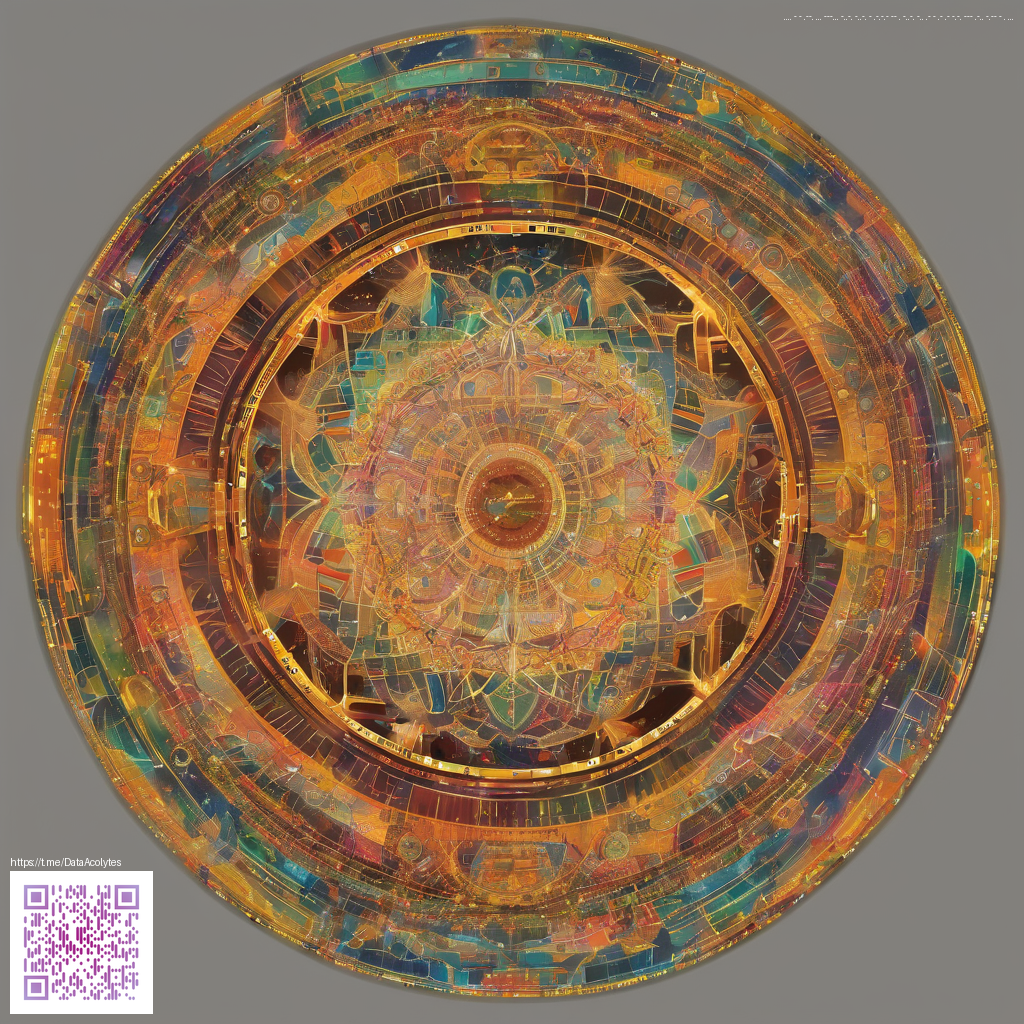
Data source: ESA Gaia DR3
Gaia DR3: Mass estimates and the evolution of a distant blue-white star
In the Gaia DR3 catalog, the star Gaia DR3 4091014662284875264 shines as a compelling example of how mass estimates shape our understanding of stellar lifecycles. Its blue-white glare hints at a hot interior that codes the star’s future in the galaxy’s evolutionary story. Though the star sits far from the Sun, its data illuminate the physics that govern the brightest, most influential stars in the Milky Way.
Star at a glance
- Gaia DR3 identifier: 4091014662284875264
- Right ascension (RA): 275.7467837225138 deg
- Declination (Dec): -21.427666941596993 deg
- Photometric mean magnitude (G): 14.9712 — visible with binoculars only under dark skies, not in typical daylight conditions
- Color and temperature: Teff ≈ 32,650 K — a blue-white hue signaling a blistering surface much hotter than the Sun
- Radius: ≈ 5.23 solar radii
- Estimated distance: ≈ 2,393 parsecs (about 7,800 light-years)
- Notes: mass estimates from the flame pipeline are not provided for this entry (mass_flame = NaN)
What these numbers imply about the star
The temperature alone places this star among the universe’s hottest stellar types. A surface temperature around 32,650 kelvin gives a blue-white glow that is both striking and telling: the star’s surface burns far hotter than the Sun’s, producing a spectrum weighted toward the blue end. The radius, about 5.2 times that of the Sun, together with such a high temperature, implies exceptional luminosity. By a straightforward, though imperfect, energy balance calculation—L ∝ R^2 T^4—the star could shine with tens of thousands of times the Sun’s brightness. In other words, even at a significant distance, the star’s radiative power is colossal and unmistakable to observers who can measure its light across multiple wavelengths.
Placed at roughly 2,400 parsecs, the star resides well beyond the immediate solar neighborhood, in the Milky Way’s distant disk. Its blue hue and bright energy indicate a hot, massive member of the galaxy, likely in an early phase of its life before winds and internal processes peel away its outer layers. The photometric colors—BP and RP magnitudes aligned with the blue end—reinforce this picture: this is a blue-white star, not a cool red dwarf or orange giant. It is precisely these characteristics that make the object a valuable touchstone for models of massive-star evolution.
How Gaia DR3 helps constrain mass and evolution
Mass is a central, yet elusive, parameter in stellar evolution. Gaia DR3 does not always provide a direct mass measurement for every star. In this entry, the flame-based mass estimate fields are not populated (mass_flame = NaN), so the mass must be inferred by combining temperature, radius, and luminosity with theoretical evolutionary tracks. This is a powerful approach: by placing the star on the Hertzsprung–Russell diagram and comparing to well-modeled stellar evolution paths, scientists can estimate a plausible mass range that matches its observed properties.
When a star is as hot and relatively large as this blue-white beacon, models typically point to a substantial mass, often tens of solar masses, depending on metallicity and age. Gaia’s precise distance, combined with its high-fidelity photometry, helps anchor the star’s luminosity and, in turn, its placement on evolutionary tracks. This is how data from a mission focused on position and brightness translates into a narrative about how a star forms, lives, and eventually ends its life’s journey. The DR3 dataset thus becomes a bridge between raw light and the physics that governs stellar birth, life, and death.
The cosmic scale and the human connection
Beyond the numbers, this distant blue-white star is a reminder of the galaxy’s vast scale. At nearly 8,000 light-years away, a star bright enough to catch the eye of Gaia’s instruments demonstrates how modern surveys map the unseen regions of the Milky Way. Each Gaia DR3 entry contributes a data point to a grand, living map—one that tests our theories of mass, luminosity, and stellar lifecycles across diverse environments. The result is not merely a deeper catalog; it is a refined lens on the physics that choreographs how stars are born, burn with fierce light, and eventually depart the stage of cosmic evolution.
For students of the sky and seasoned researchers alike, this example illustrates the essential role of mass in the story of stars. Gaia DR3 provides precise distances, temperatures, and radii that allow models to anchor their mass estimates in observed reality. It is a reminder that the brightest stars, even when far away, hold essential clues to the fundamental processes that shape our galaxy—and to the way we understand our place in the cosmos 🌌.
Rugged Phone Case for iPhone & Samsung – Impact ResistantThis star, though unnamed in human records, is one among billions charted by ESA’s Gaia mission. Each article in this collection brings visibility to the silent majority of our galaxy — stars known only by their light.